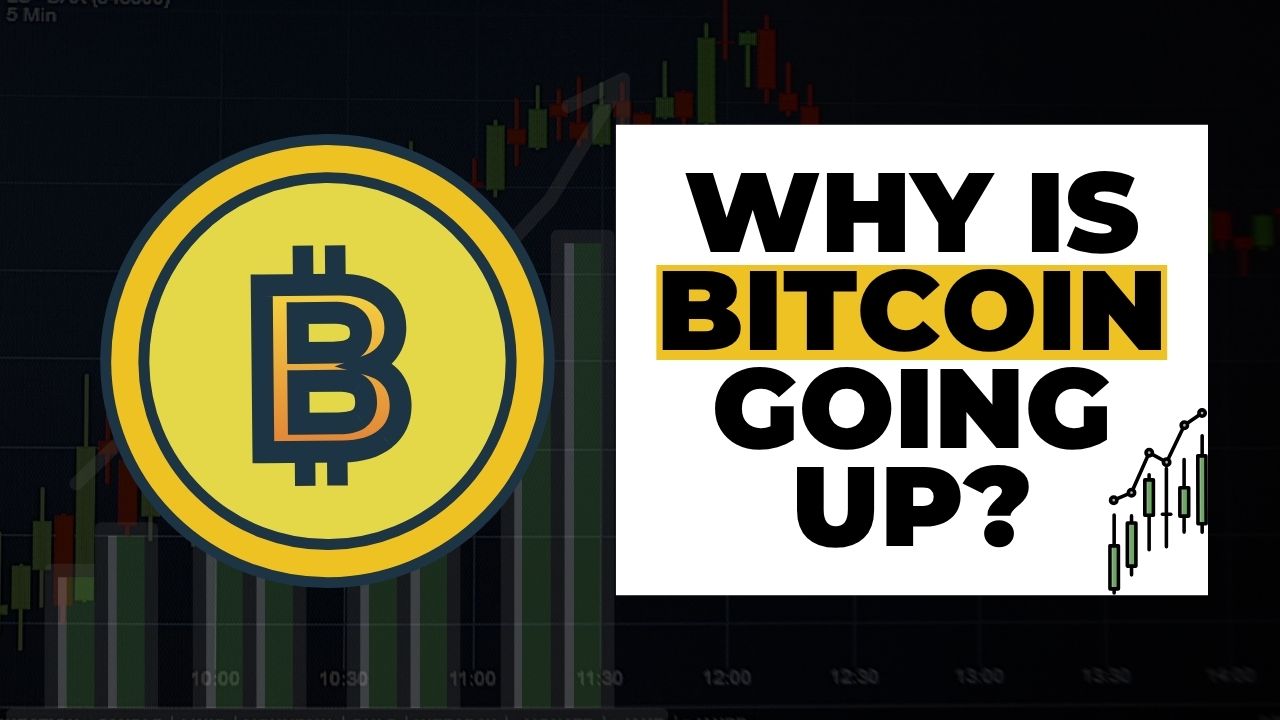Bitcoin (BTC) is rising sharply and is now trading at $108,446 at the time of writing.
Its market capitalization has reached $2,155,543,471,788, and two key factors are pushing this rally forward—an institutional purchase and a strong technical breakout.
Here’s a clear look at what’s happening and what it might mean for Bitcoin’s next move.
1. Strategy’s Massive Bitcoin Purchase
Formerly known as MicroStrategy, Strategy is driving this surge by making a bold purchase today.
As shared by Michael Saylor on X, Strategy bought 1,045 BTC on June 9 for $110.2 million, paying an average of $105,426 per coin. This brings their total holdings to 582,000 BTC, which they acquired at an average price of $70,086, with a total value of around $40.79 billion.
Strategy has acquired 1,045 BTC for ~$110.2 million at ~$105,426 per bitcoin and has achieved BTC Yield of 17.1% YTD 2025. As of 6/8/2025, we hodl 582,000 $BTC acquired for ~$40.79 billion at ~$70,086 per bitcoin. $MSTR $STRK $STRF $STRD https://t.co/9cpK5vtVwW
— Michael Saylor (@saylor) June 9, 2025
Analyst Adam Livingston calls this move a “synthetic halving” because Strategy is buying Bitcoin faster than it’s being mined – 450 BTC are mined daily. This reduces supply and pushes up the price.
The purchase is backed by a $1 billion stock offering, showing strong confidence from Strategy and helping drive the price up.
2. Bitcoin’s Bullish Technical Breakout
Bitcoin’s rally also has strong support from a technical breakout.
The price jumped from $105,000 to $107,687 within a few hours.

This breakout, backed by high trading volume, indicates a healthy uptrend, which is pulling in more traders and buyers.
Also Read – I Created the Best Bitcoin Guide You’ll Ever Read
Latest Bitcoin Price Movements
At the time of writing this article, Bitcoin is at $108,446, up from $103,994 on June 1. It is still below its June 6 high of $115,230. On June 5, Bitcoin dipped to around $101,000, following Circle’s $4.5 billion IPO and ETF outflows of about $278 million. Despite that, Bitcoin has gained 12.82% in the past week and is up 147.39% over the past year.
Right now, strong support exists between $95,000 and $100,000, while the 50-day EMA acts as a resistance zone.
Bitcoin’s Market Cap and Supply Details
With a $2.15 trillion market cap, Bitcoin is among the world’s top assets. It has a circulating supply of 19.87M BTC, out of a total cap of 21 million BTC. This leaves around 1.3 million BTC still to be mined.
Strategy’s 582,000 BTC equals 2.78% of the entire Bitcoin supply, which gives the company massive influence on market movement.
Next Bitcoin Halving Events
Bitcoin has already gone through four halvings in 2012, 2016, 2020, and 2024. The next one is expected around April 2028, when the block reward will be reduced to 1.5625 BTC. By that point, 97% of Bitcoin’s supply will be in circulation.
After that, only small amounts of BTC will be released until the final halving near 2140, after which no new Bitcoin will be created. Miners will then depend entirely on transaction fees. Experts believe the 2028 halving might be the last one to significantly affect prices. Future price moves will likely depend more on usage and adoption.
What’s Next for Bitcoin?
The current price rally is being fueled by today’s massive BTC purchase from Strategy and a solid technical breakout. While Bitcoin did face a quick dip on June 5, it has rebounded strongly.
Many analysts believe BTC could reach between $150,000 and $250,000 by the end of 2025, but this depends on how macroeconomic trends play out and whether Strategy continues holding or begins to sell if BTC falls below their average purchase price of $70,086.
This article is for informational purposes only and should not be considered financial advice. Investing in stocks, cryptocurrencies, or other assets involves risks, including the potential loss of principal. Always conduct your own research or consult a qualified financial advisor before making investment decisions. The author and publisher are not responsible for any financial losses incurred from actions based on this article. While efforts have been made to ensure accuracy, economic data and market conditions can change rapidly. The author and publisher do not guarantee the completeness or accuracy of the information and are not liable for any errors or omissions. Always verify data with primary sources before making decisions.

